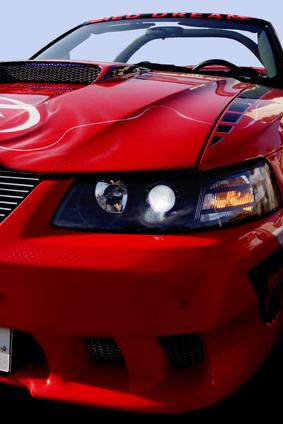
Turbochargers refer to gas compressors that increase air pressure entering an engine in order to increase engine power resulting in faster acceleration, or a boost of speed. Issues with turbo boost, such as loss of power, may indicate problems with one or more turbocharger components.
The Y-pipe connector hose, or coupling that connects to the dual exhaust, can split and vent out turbo boosted air, resulting in loss of power. The operator can inspect the pipe for splits by gently stretching out the rubber. Such splits most often occur in areas where clamps dig into the hose rubber. Replacing the split coupling should prevent further loss of air.
The primary inlet to the turbo, composed of rubber, may collapse due to heat from the engine bay. Primary turbo inlet collapse is often indicated by an appropriate turbo boost at lower engine RPMs or revolutions per minute, followed by a loss of power at higher speeds. Replacing the primary turbo inlet with a high quality rubber inlet typically corrects the problem.
The turbocharger’s double throttle control manages the opening and closing of secondary throttle plates when the throttle body closes. Failure of the double throttle control can cause the secondary throttle plates to remain closed, restricting the turbo boost to under five psi (pounds per square inch of pressure).